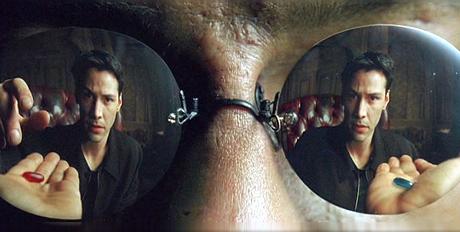Uki Otoshi is the forgotten throw in the Uki Waza of Tomiki Ryu Aikido. Uki Otoshi is a floating technique where Uke is thrown off his toes while moving forward. I believe Uki Otoshi and Hiki Otoshi are identical techniques, except in Hiki Otoshi Tori kneels to the ground during execution to the technique.
Judo - Uki Otoshi
The reason I bring this up is that I believe many people mistakenly label their Sumi otoshi - corner drop, when it is really a Uki Otoshi.
Let's look at these guy's again. It is a great throw they have - but I believe it is an Uki otoshi rather than a sumi otoshi. You see during the final execution Uke is thrown forward, rather than towards the corner that defines the throw.
AikiBudokan
See...uke falls forward exactly like Uki otoshi. All the balance breaking stuff should not be part of the taxonomy of the throw, or rather it's labeling.
Now compare angles to this sport Tomiki guy. His execution is clearly towards the back corner. This is the angle of a Sumi Otoshi - in my humble opinion.
So this is some seriously picky Aiki nerd stuff. But I think returning to the principles is important and I believe is why we have the 17 kata in the first place.
So let's clarify what I believe an sumi otoshi to be further. At the moment of tori's center drop - it must must towards the outside corner. Uke of course has choice's. If uke turns into the drop, Uke can take an air fall or roll out. If their system locks up, then a backfall happens. The important part of defining this throw is the relationship between centers at the moment of execution.
In Tai Chi you don’t look down — or do you?
23 hours ago







Yep - ukiotoshi and hikiotoshi are the same technique. The kneeling is a false distinction. In judo kata, ukiotoshi is done kneeling just like hikiotoshi in aikido. The aiki technique can certainly be done standing too.
ReplyDeleteSo either technique in either art may be done kneeling or standing.
I disagree that uki-otoshi and Hiki-otoshi are the same on the grounds of (extreme Aiki nerd point follows) where it extends them over their triangle.
ReplyDeleteIn Uki-otoshi (which I usually do instead of sumi as you have been more than pleased to point out) you are extending them straight out over their triangle. When I do Hiki-otoshi I don't drop straight back as in the JAA, or judo variant, I drop to my knee at an obtuse angle of the line effecting uke's fall into a slight garuma over the front corner of their triangle (exact opposite of a sumi corner but definately not straight down the line as in uki-otoshi).
i agree with both you and Pat -- i would add that sumi otoshi is most characterized by the reveral to the corner -- this distiction is blurred in the second video example since we see the reversal action in tsukuri instead of kake -- also of interest: it has been posited by deeper judo thinkers than I that all of tachiwaza in judo are but extrapolation from the two most fundamantal of throws-- uki otoshi and sumiotoshi -- every other throwing condition are but footnotes to these two central ideas
ReplyDeleteAiki/judo nerds may enjoy my recent post - a followup of this article...
ReplyDeletehttp://www.mokurendojo.com/2009/05/taniotoshi-as-variant-of-sumiotoshi.html